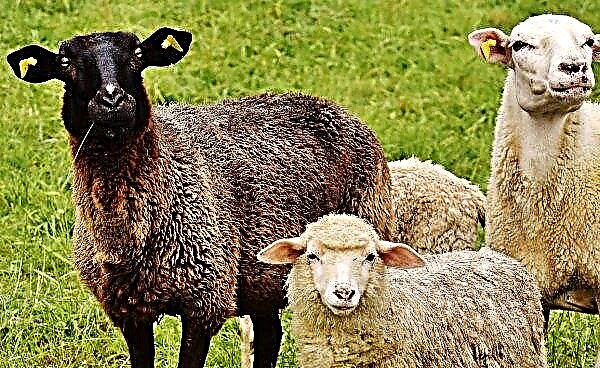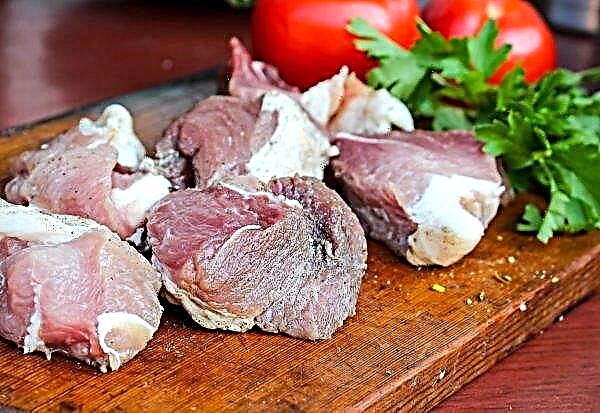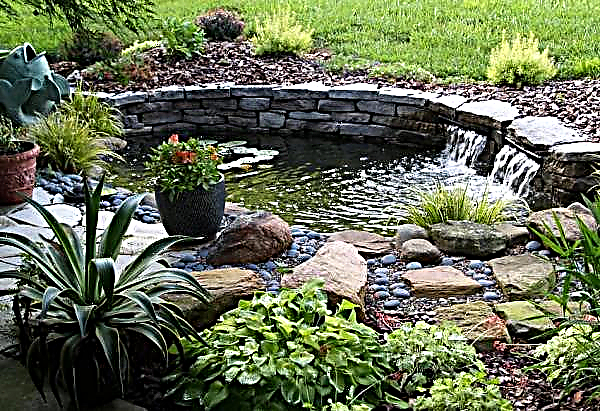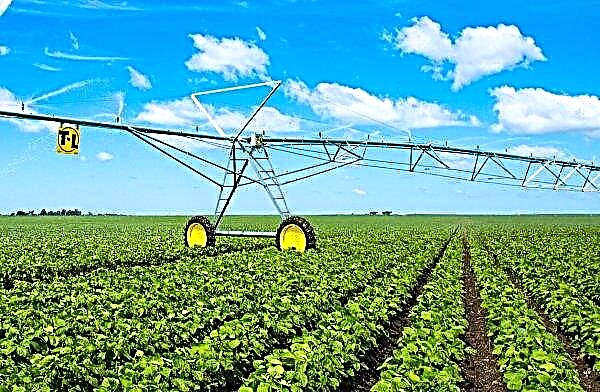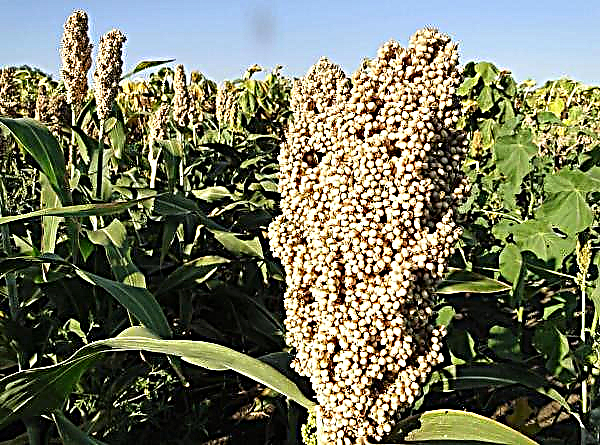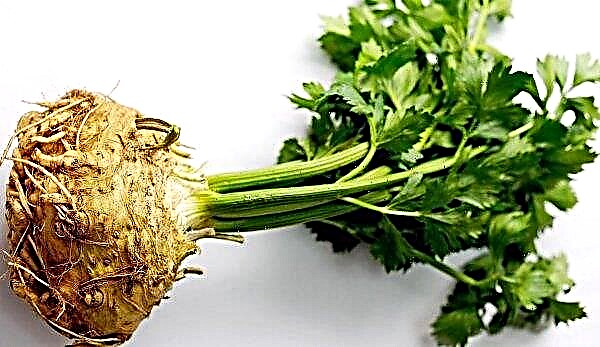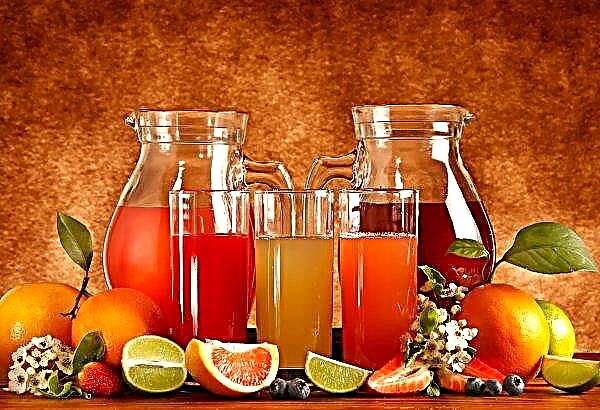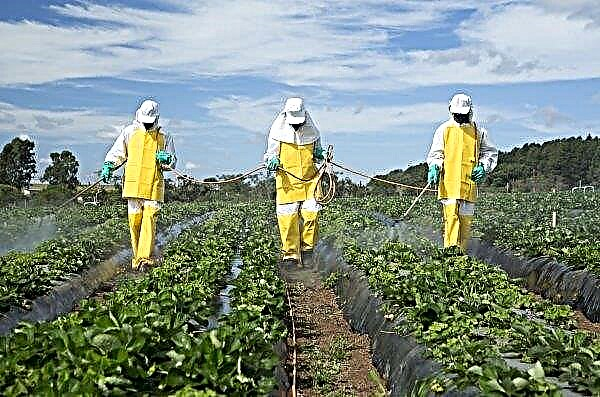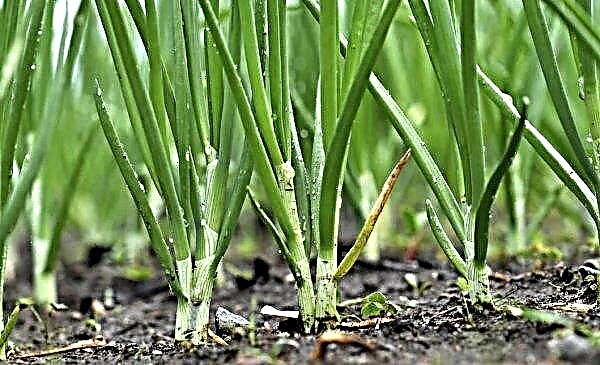On the winter table, cucumbers are present very often: pickled, salted, lightly salted, as well as assorted salads. Usually, small greens are taken for canning, up to 10 cm in size. But if you have overgrown cucumbers, then they can also be used. About how to salt large and overripe cucumbers, read on in the article. Here you will also find detailed step-by-step recipes with photos.
Is it possible to salt overgrown cucumbers
Overripe specimens are considered tasteless due to large seeds and harsh peel. But you can salt them just like young crispy gherkins.
You only need to consider a number of features:
- peel from large specimens must be peeled off;
- seeds are removed from them;
- if the cucumbers are too large, it is advisable to prefer preservation with sterilization, rather than just pouring the marinade.

Also consider the preservation method. It is recommended to pick or pickle. In these cooking methods, the main preservative is acetic acid. Cucumbers are considered vegetables with a neutral taste, so they will acquire the taste of a marinade.
The preservative effect of table salt is taken as the basis of salting. When the brine concentration is above 10%, the action of pathogenic microflora is inhibited. However, salt makes the pulp stiff, so this method is not suitable for pickling overripe fruits in the winter.
Important! So that cucumbers do not outgrow, Harvest from the garden every day or every other day.
Selection and preparation of ingredients
To prepare a delicious salad, choose cucumbers without yellowness. They also should not be softened. Soak them in water for 2 hours before starting work. Soaking is necessary so that the fruits can crackle.

Enumerated specimens are washed, cut off the ends, allowed to dry from the water. Then the skin is cut from them, divided into slices or sticks, and the seeds are necessarily removed. Then these pieces are cut depending on the preferences of the hostess.
In addition to the fruits themselves, salt and vinegar, in the preparations for the winter, spicy herbs are used: dill, garlic, horseradish leaves, currants. Be sure to add spices - it can be bay leaf, allspice, cloves, coriander and other ingredients. The herbs used must be fresh.
Spices should not be stored for longer than 1-2 months. Their main advantage is essential oils: they are very volatile and in a few months have time to evaporate. Use only fresh spices for preservation.
The recipe for overgrown cucumbers
Most recipes for large cucumbers are based on pickling. In the process of sugar fermentation, lactic acid is formed, which has a preservative effect on vegetables. Marinades are prepared on the basis of water.
Be sure to use food acid - table vinegar, but it can be balsamic, and apple, and any other. The taste of the marinade is also given by salt, sugar, spices. Instead of water, tomato juice can be used.
Pickled cucumbers

2.5 L 1 hour
allspice black (peas)
5 pieces.
Nutritional value per 100 g:
 Prepared vegetables are soaked in very cold water for 2 hours. Then they wash, cut the ends and dry.
Prepared vegetables are soaked in very cold water for 2 hours. Then they wash, cut the ends and dry.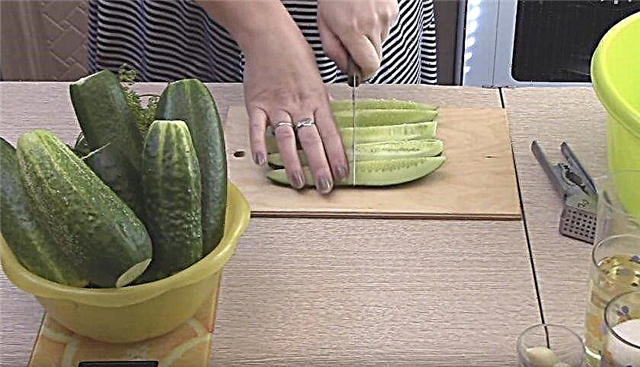 Cut the fruit into slices. If they are very long, you can cut the slices in half.
Cut the fruit into slices. If they are very long, you can cut the slices in half. Seeds are cut from dill umbrellas.
Seeds are cut from dill umbrellas.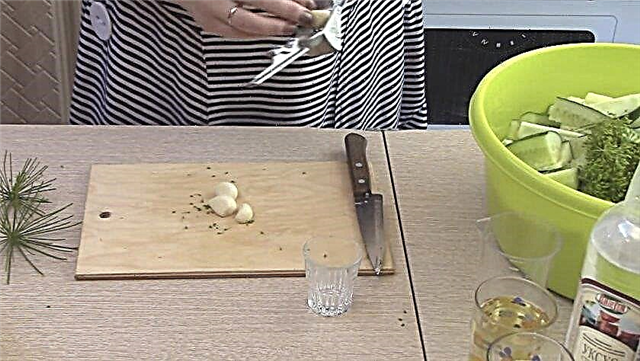 The head of garlic is divided into slices, peeled, washed, crushed or finely chopped.
The head of garlic is divided into slices, peeled, washed, crushed or finely chopped. Stack everything in a dish for pickling. Sugar, salt, vegetable oil, vinegar are added there.
Stack everything in a dish for pickling. Sugar, salt, vegetable oil, vinegar are added there.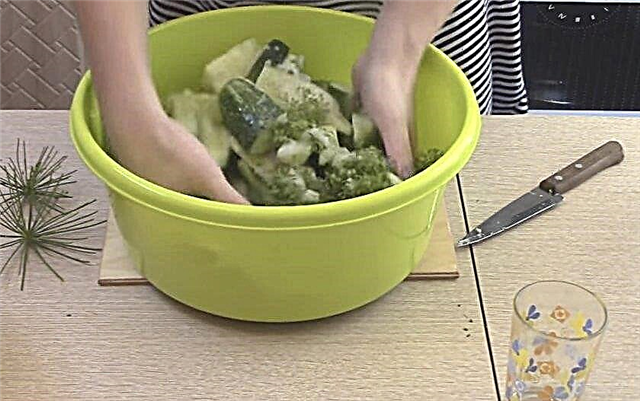 The mixture is stirred by hand and pepper is added.
The mixture is stirred by hand and pepper is added. Leave the vegetables to marinate for 5 hours.
Leave the vegetables to marinate for 5 hours. Banks are washed with soda and sterilized. The sterilization time for liter cans is 5 minutes. The lids are boiling.
Banks are washed with soda and sterilized. The sterilization time for liter cans is 5 minutes. The lids are boiling.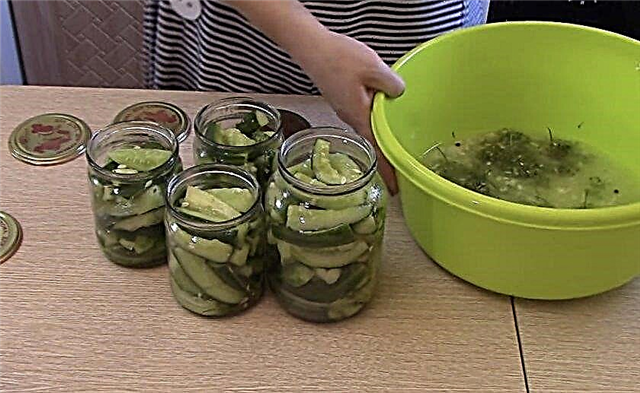 Vegetables are laid out in a pre-sterilized container and poured with marinade, which was formed in the process of pickling.
Vegetables are laid out in a pre-sterilized container and poured with marinade, which was formed in the process of pickling. Prepare a pan for sterilization. It sets jars of vegetables. They are sterilized for about 30 minutes, after which they are rolled up with lids.
Prepare a pan for sterilization. It sets jars of vegetables. They are sterilized for about 30 minutes, after which they are rolled up with lids. Leave the containers on the table until completely cooled, and then clean them at a permanent storage location.
Leave the containers on the table until completely cooled, and then clean them at a permanent storage location.
Video recipe
Pickled Cucumbers
Important! If you don’t have enough marinade to completely cover the cucumbers in jars, then add refined vegetable oil to them before sterilization.
Mustard

3.5–4 L1 hour
salt
1 tbsp. spoon with a slide
allspice
10-14 pcs.
Nutritional value per 100 g:
- Prepared vegetables are soaked in very cold water for 2 hours. During this time, you need to replace water once.
- Prepare containers for preservation - wash it with soda and sterilize. The lids are boiling.
- Water is drained from vegetables. They are washed, cut off the ends and cut into pieces.
- Dill umbrellas and leaves are washed and watered with boiling water.
- In the prepared container, greens are laid out, pepper and cloves are also laid on the bottom of the cans.
- Tightly stack pieces of greens. Add the garlic.
- Boil water for the future marinade. Mustard, salt and sugar are added to it, and after 3 minutes - vinegar. As soon as it begins to boil, remove from the heat.
- Pour the marinade into banks.
- To sterilize the workpieces take a large pan. A special stand is installed at the bottom - banks are placed on it. Top blanks are covered with lids. After the water boils, continue sterilization for another 8 minutes.
- They take out the blanks and roll up the lids.
- Set the jars on the lids to check the quality of the capping and wrap them in a warm blanket until they cool completely.

Important! Nand cans are sterilized when the water is warm enough (+50°C), otherwise they may burst due to temperature differences.
Sweet

4-5 l1 hour
allspice black (peas)
50 pcs.
horseradish (leaves)
4 small
currant (leaves)
5-8 pcs.
Nutritional value per 100 g:
- Prepared vegetables are soaked in very cold water for 2 hours.
- Dill and leaves are thoroughly washed and poured with boiling water.
- Glass containers are washed with soda and sterilized. The lids are boiling.
- In ready dry and clean jars, greens are laid out, the prepared spices are poured.
- Vegetables are divided into parts, put in jars.
- Prepare boiling water for pouring. Pour it with vegetables for 10-15 minutes.
- Pour the fill back into the saucepan. Salt and sugar are added. They are waiting for the boil to begin. After the crystals dissolve, boil for another 4 minutes. Pour vinegar. Disable and fill the marinade with vegetable preparations.
- Twist the lids. Leave to cool, and then cleaned for permanent storage.

With cranberries

2.5 L 1 hour
Nutritional value per 100 g:
- Cans are washed with soda and poured with boiling water. It can be sterilized, but not required in this recipe. The lids are boiling.
- Cucumbers are washed, cut off the ends and cut into pieces.
- Cucumbers are laid out in banks, sprinkling them with cranberries.
- Boil water and fill the workpiece. Leave for 10-15 minutes.
- Then the water is poured back into the saucepan and boiled a second time. Make the fill again. Expect 15 minutes.
- Pour the fill into the pan. Pour salt and sugar there. They are waiting for boiling. After 6-7 minutes, vinegar is added to the marinade and removed from the heat.
- Ready marinade pour vegetables. Roll them up with sterile lids. Cool the cans in the air. If you are not sure about the quality of the capper, then turn the cans with the lids down: if the lid is loose, water will leak out of the container.
- After cooling, preservation is removed to a permanent place of storage.

Did you know? If garlic is in the recipe — observe its dosage. In large quantities, it softens cucumbers, so do not overdo it with its use.
Pickled

2–2.5 L 1 hour
Nutritional value per 100 g:
- Zelentsy washed and left in very cold water for 1 hour.
- Then cut the ends and cut into pieces.
- The head of garlic is divided into slices, washed. Dill and horseradish leaves are washed and poured with boiling water.
- Vegetables and greens are placed in the prepared enameled pan, cover the surface with horseradish leaves.
- A brine of water and salt is prepared in a saucepan. So that the salt dissolves quickly, it can be boiled in a small amount of water and pour into the main composition.
- Cucumbers are poured with cold brine. A flat plate is placed on top and oppressed - it can be a plastic bottle of water with a volume of 1.5–2 liters.
- The fermentation process begins in solution immediately. At room temperature, it will last 3 days, after which the workpiece is cleaned in the refrigerator or basement, if the temperature there does not rise above + 5 ° C.
- If you plan to keep the workpiece longer, then you need to consider several nuances. The fermentation process is accompanied by foaming. As soon as the foam disappears, then the process is over. The brine at this moment becomes milky - it needs to be boiled in a saucepan.
- Sterilize banks. Pour boiling water over the cucumbers and place in them, then pour boiling brine. Leave on for 15 minutes.
- Then pour the brine into the pan and repeat the cycle 2 more times.
- After the last filling, the jars are sealed with prepared sterile lids (the quality of the capping can be checked by turning the jars with the lids down).
- Cool the cans in the air. Then clean the workpieces in the pantry or in the cellar.

Did you know? Iodized salt enhances the fermentation process, so it can be used for pickling cucumbers. But when cooking pickles — not worth it, because salting is never accompanied by fermentation.
Salted Cucumbers

1.5 L 1 hour
Nutritional value per 100 g:
- Cucumbers are washed well, then cut the ends and cut into slices.
- The head of garlic is divided into teeth, peeled. Herbs are simply washed and poured with boiling water.
- Dill, horseradish leaves, spices and cucumbers are placed in a pan prepared for pickling.
- A brine is made from water and salt by boiling and a ready-mixed mixture of vegetables is poured into it in a pan.
- Cover with a flat plate and put on top of oppression (for example, a bottle of water with a volume of 1.5–2 l). Leave to infuse for 48 hours.
- Glass containers for preservation must be washed with soda and sterilized. The lids are boiling.
- Pickle is drained from the pan where the pickling takes place. Put it on fire and bring to a boil. The foam formed during the boiling process must be removed.
- Vegetables and greens are laid out in sterile jars.
- The workpiece is poured with boiling brine and rolled up with sterile lids.
- Leave to cool on the table at room temperature.

Storage methods
Storage methods depend on how the cucumbers are preserved. If they are pickled in a barrel, pan or plastic bucket, then store them in a cool place. It can be a refrigerator, a cellar or a balcony. The temperature there should not rise above + 5 ° C. Shelf life - no more than 1-2 months.
Did you know? Cucumbers as a culture began to be grown in India and Mesopotamia about 6000 years ago. And the ancient Romans became the first authors of these vegetables in a marinated form.
Salads closed with sterilization can be stored for 2-3 years. They are not advised to preserve them longer, since over time the taste of preservation worsens due to chemical reactions that occur in the jar between the marinade and vegetables.
If you still have large cucumbers, close them for the winter according to one of the above recipes. All cooking methods are very simple, and besides, the beneficial properties of cucumbers do not depend on their size.

 Prepared vegetables are soaked in very cold water for 2 hours. Then they wash, cut the ends and dry.
Prepared vegetables are soaked in very cold water for 2 hours. Then they wash, cut the ends and dry. Cut the fruit into slices. If they are very long, you can cut the slices in half.
Cut the fruit into slices. If they are very long, you can cut the slices in half. Seeds are cut from dill umbrellas.
Seeds are cut from dill umbrellas. The head of garlic is divided into slices, peeled, washed, crushed or finely chopped.
The head of garlic is divided into slices, peeled, washed, crushed or finely chopped. Stack everything in a dish for pickling. Sugar, salt, vegetable oil, vinegar are added there.
Stack everything in a dish for pickling. Sugar, salt, vegetable oil, vinegar are added there. The mixture is stirred by hand and pepper is added.
The mixture is stirred by hand and pepper is added. Leave the vegetables to marinate for 5 hours.
Leave the vegetables to marinate for 5 hours. Banks are washed with soda and sterilized. The sterilization time for liter cans is 5 minutes. The lids are boiling.
Banks are washed with soda and sterilized. The sterilization time for liter cans is 5 minutes. The lids are boiling. Vegetables are laid out in a pre-sterilized container and poured with marinade, which was formed in the process of pickling.
Vegetables are laid out in a pre-sterilized container and poured with marinade, which was formed in the process of pickling. Prepare a pan for sterilization. It sets jars of vegetables. They are sterilized for about 30 minutes, after which they are rolled up with lids.
Prepare a pan for sterilization. It sets jars of vegetables. They are sterilized for about 30 minutes, after which they are rolled up with lids. Leave the containers on the table until completely cooled, and then clean them at a permanent storage location.
Leave the containers on the table until completely cooled, and then clean them at a permanent storage location.